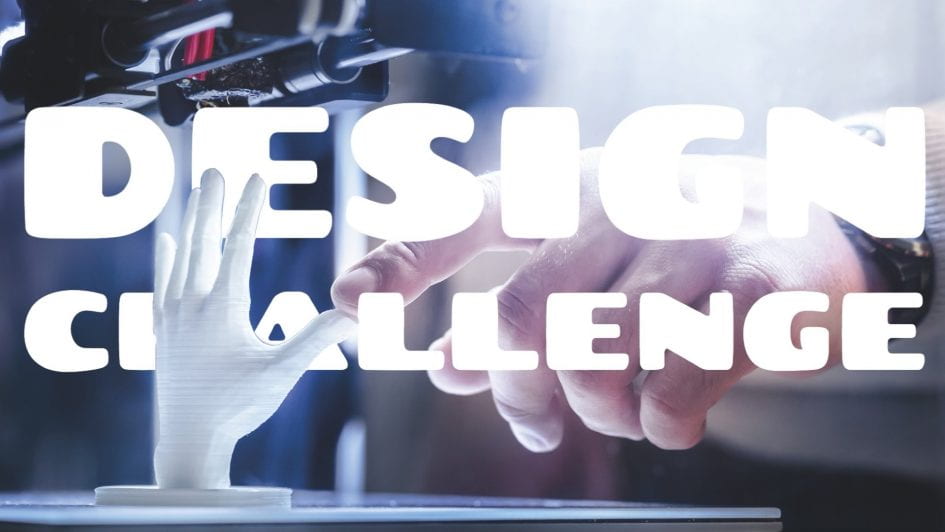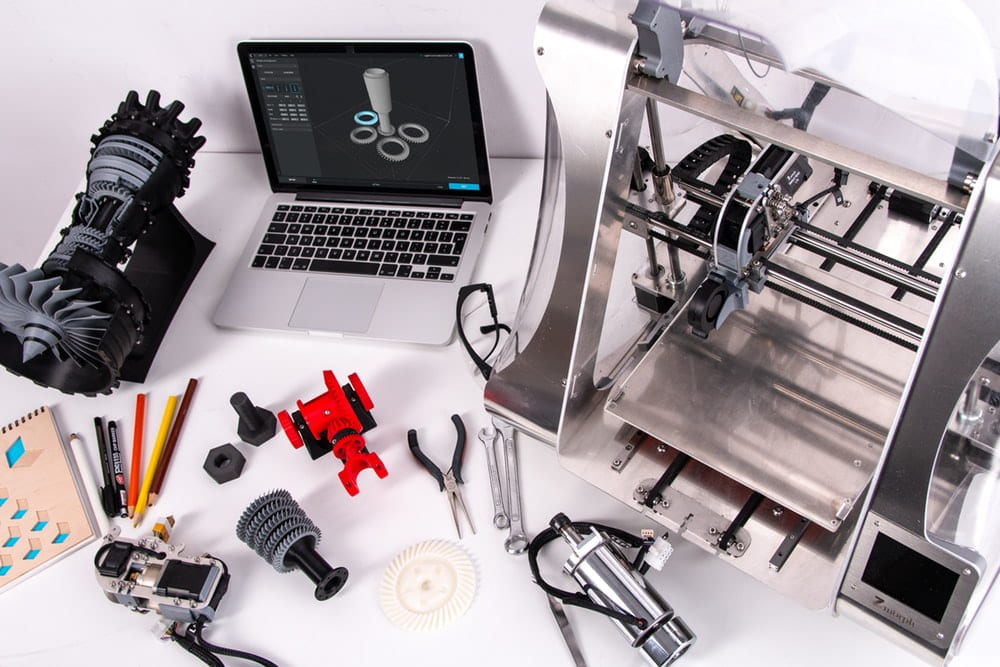One month ago we took our engineering skills and combined them with our math ability to launch what we like to call, The Ultimate Design Challenge. Each and every one of us designed a model on a 3D printing software that could benefit from either maximum volume or surface area; lead by our driving question “how can I design an object for maximum volume or surface area” we quickly set to work using our architectural skills to create a model.
We had to find a way to combine mathematics into this project and we did so by using formulas to find surface area and volume. As mentioned before our model had to benefit from volume or surface area so we had to know how to calculate it. To gain the knowledge we needed, throughout the whole assignment we found ourselves diving into a workbook containing all the formulas for the basic shapes that were included in our end results. Eventually we assembled groups and made our own 3D model with the requirements being that we had to incorporate at least 10 basic shapes and calculate the total surface area to volume ratio.
Myself and my partner Keenan’s initial idea was to create a snowboard for maximum surface area so you could have a smoother ride and glide in the powder, instead of sink. We thought this would be a great idea because we both enjoy snowboarding and it could benefit from maximum surface area, but soon after we realized that the shapes being used would be far too hard to calculate and without them you wouldn’t be able to tell it was a snowboard. We then scraped that idea and for maximum volume we made wine glasses. Keenan and I both made our own wine glass and at the end we would compare them for efficiency. The two models looked quite different, mine was made up of mostly cylinders while Keenan’s integrated many different and unusual shapes. The next step was to send the file to our teacher and get it 3D printer but unfortunately mine didn’t come out right, nor did Keenan’s. To bring the project to an end we presented a keynote to the class containing all of our calculations and ideas.
Just like every Scimatics project there are three curricular competencies that us students are assessed on. Applying and Innovating, Reasoning and Analyzing, and finally Communicating and Representing.
The first competency, applying and innovating was where I struggled the most at. To simplify what this means is how well you use your class time and care for your learning, I started off well by showing a deep understanding in the topic but my habits slowly went down as the project went on. This is something that I can easily change by not playing games and using my class time to the best of my ability.
The second competency, reasoning and analyzing was where I started to show my strengths as a learner. This competency is basically saying how well you design and calculate your model. I think I showed an extended learning because I pushed myself to make the best and most realistic thing a could. I also carefully and accurately measured each piece of the model using the formulas that I learnt.
The final competency, communicating and representing means how well did the overall presentation of my work go. I would say I demonstrate an accomplished learning that is pushing extending. In my presentation I thoroughly explained the steps I used and how I got to my final calculations, as well as sharing my thought process with my peers.
The project is now finished and to be honest, I really enjoyed it. The two aspects we included are two things that I enjoy doing, 3D modelling and math. In the future I hope we do more projects than involve mathematic equations and architecture.
Now going back to my model. Did I reach my goal of maximum volume to surface area? Well yes but no because the total surface area to volume ratio was 1.56 :1 which was not what I wanted, but quite frankly I didn’t want the whole thing to have more volume. The part that I wished had more volume did, and that was the part where the liquid actually goes. The final surface area to volume ratio for that was 0.960 : 1. Some could argue that surface area is better but I think my model was accurate to a normal wine glass.



Leave a Reply